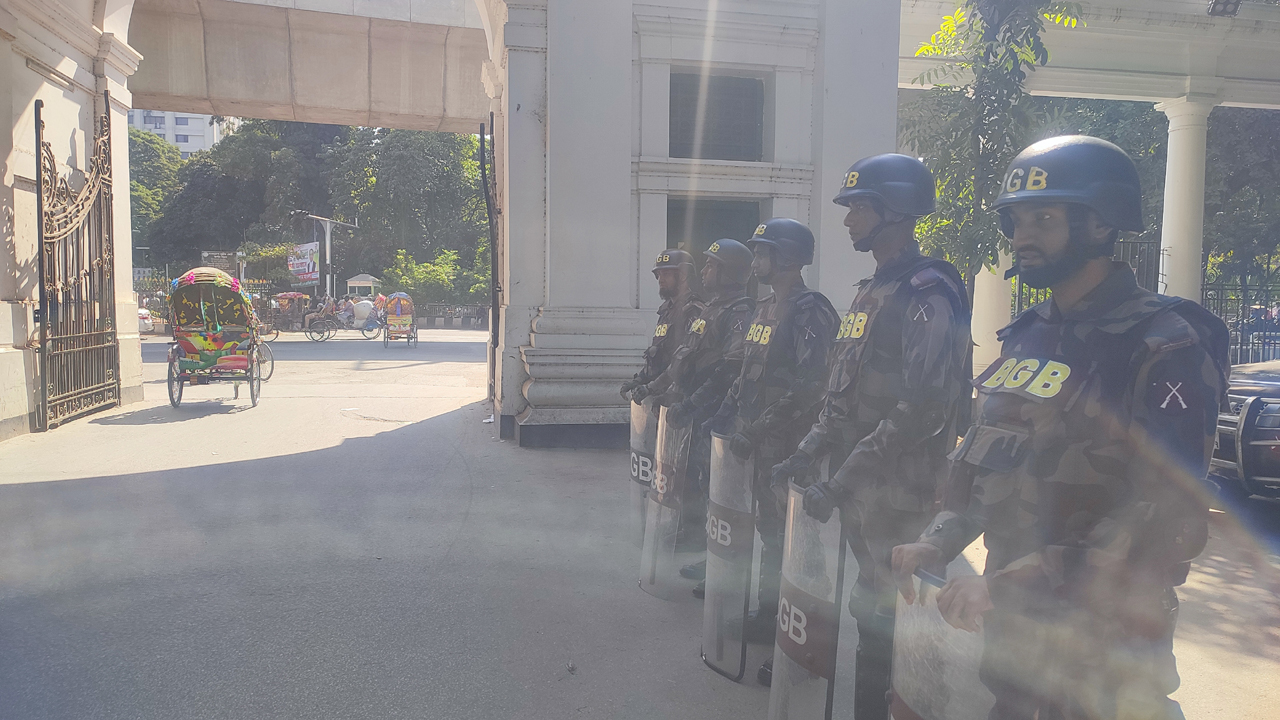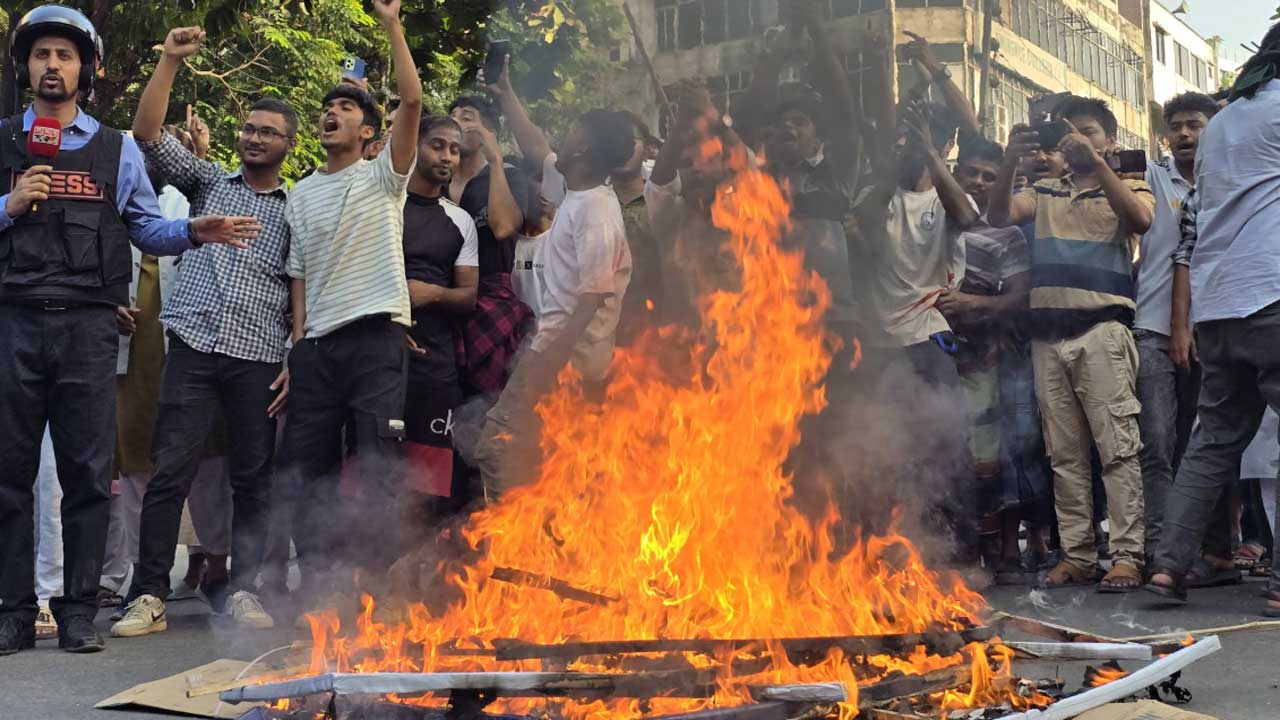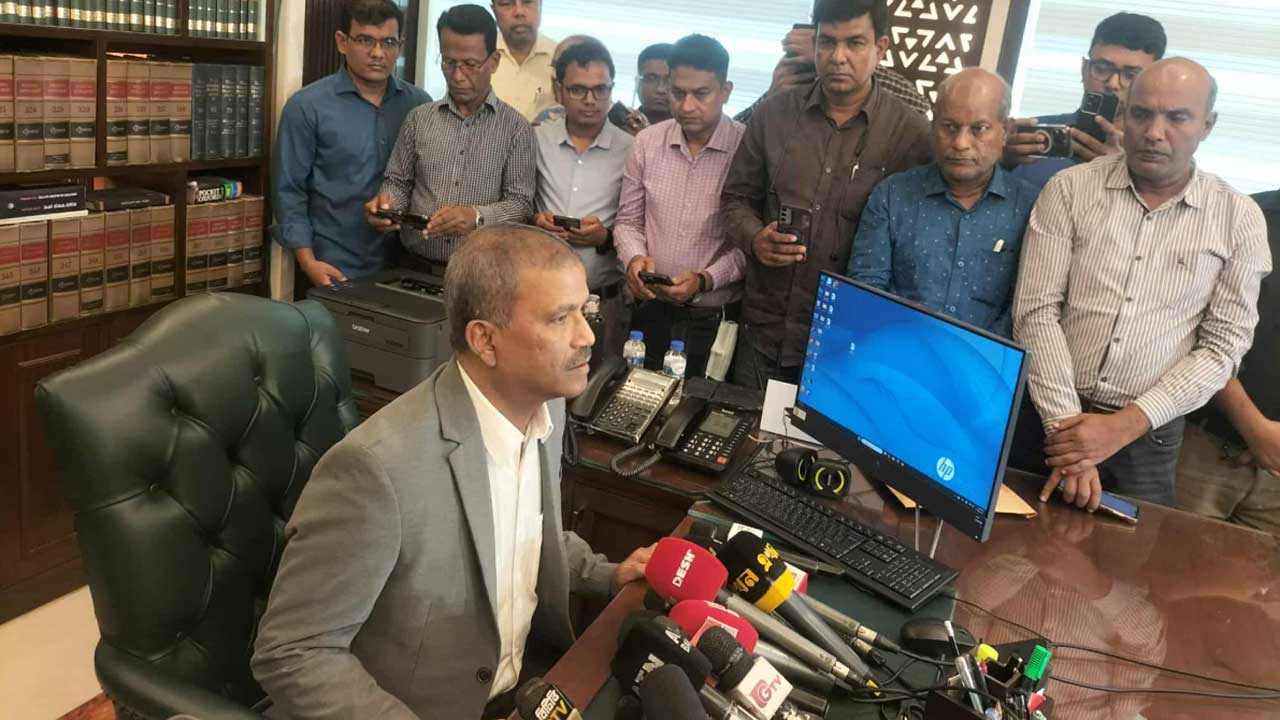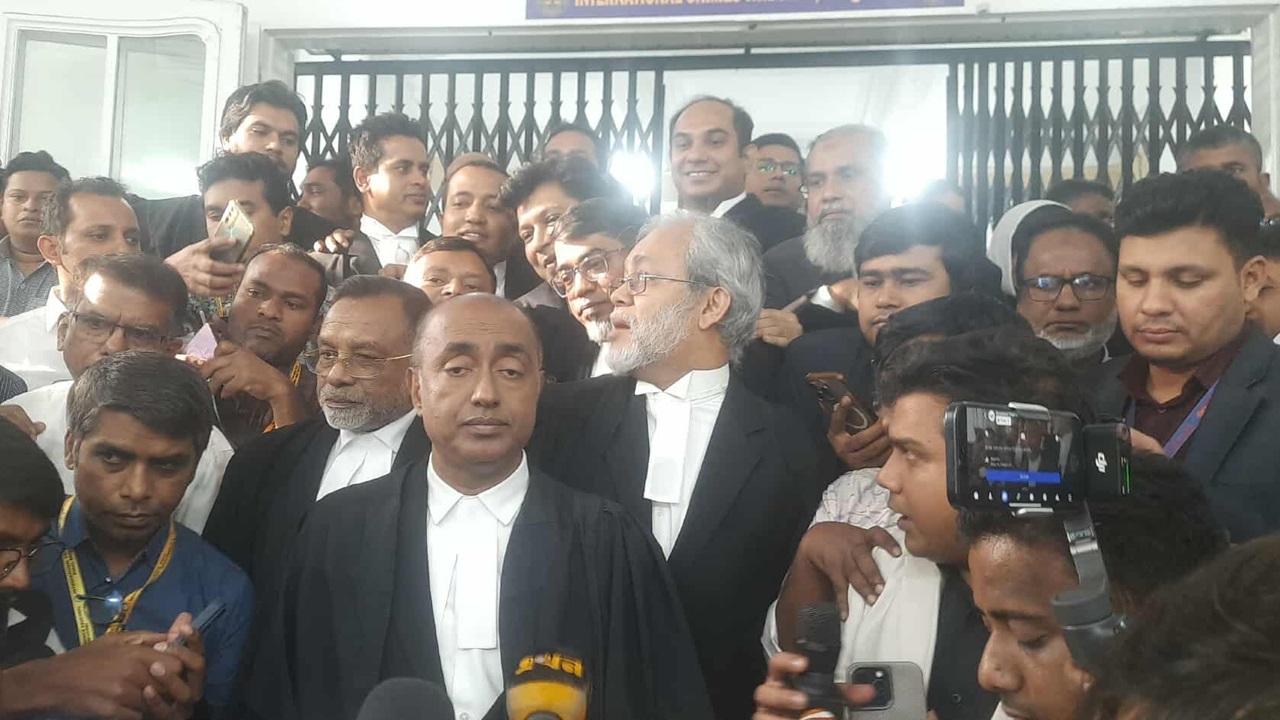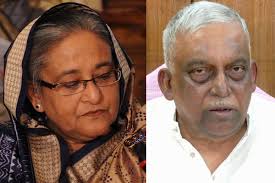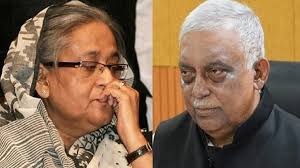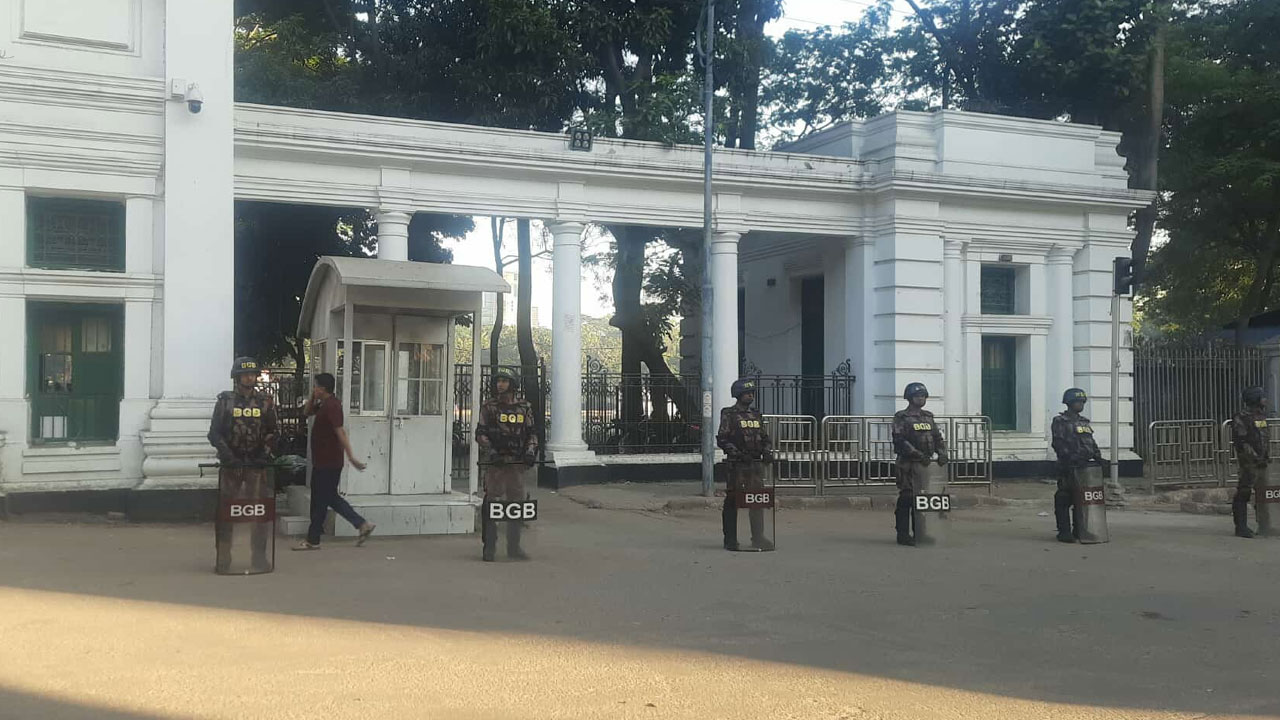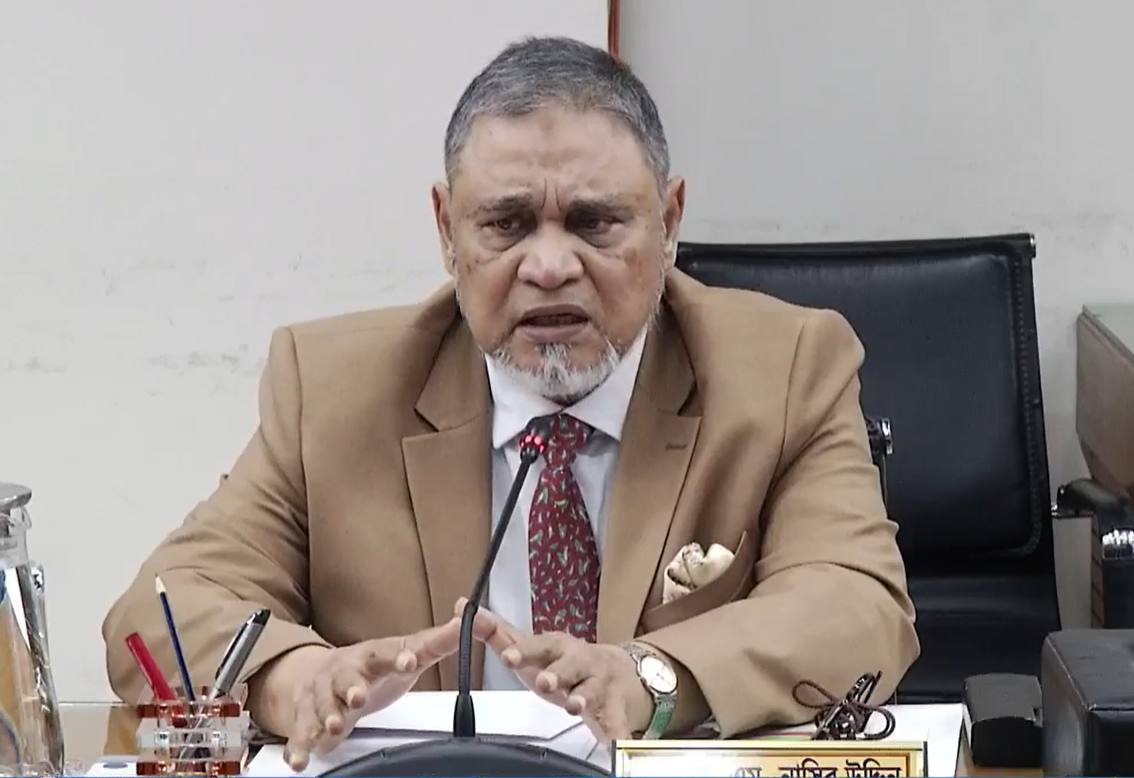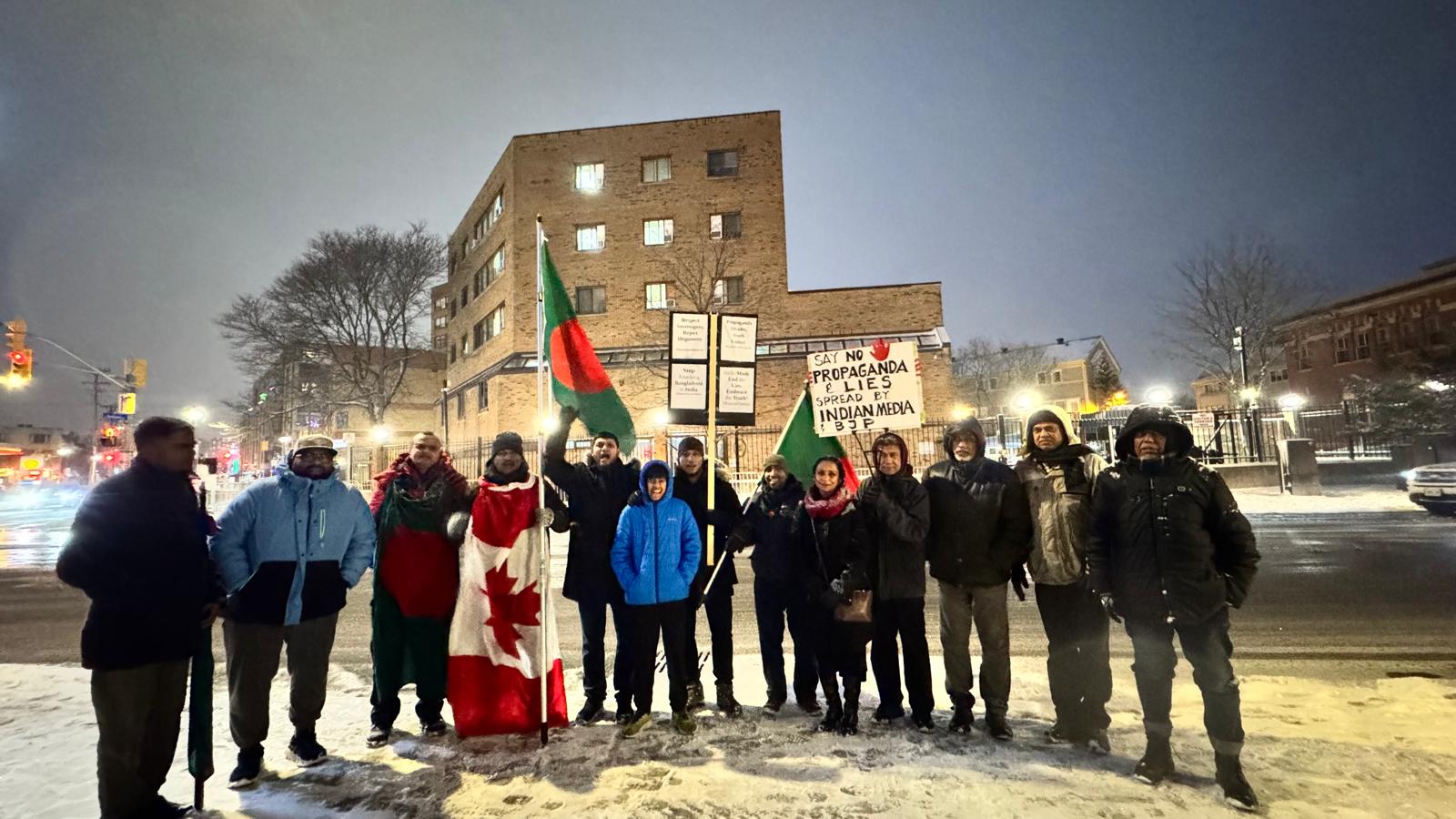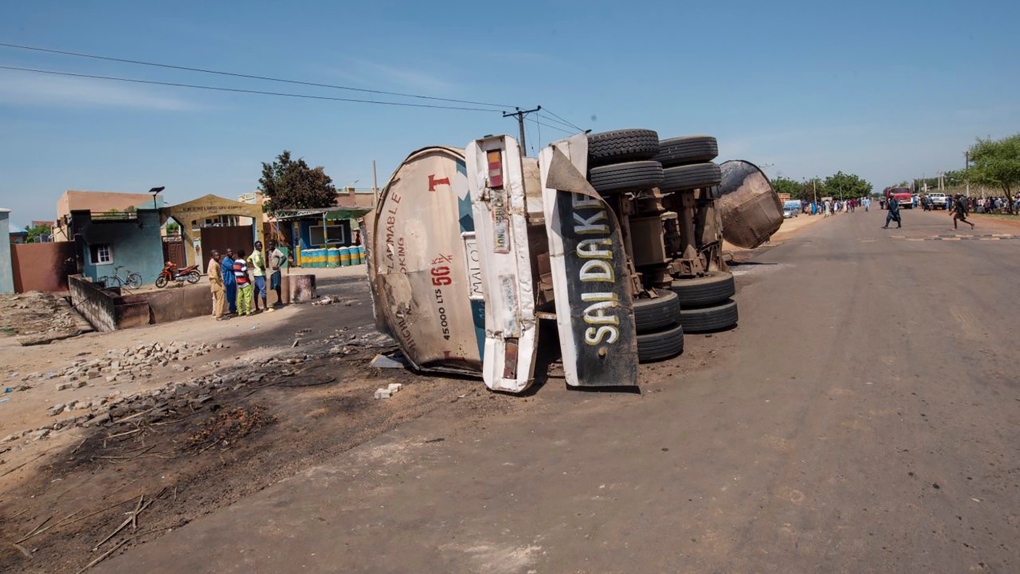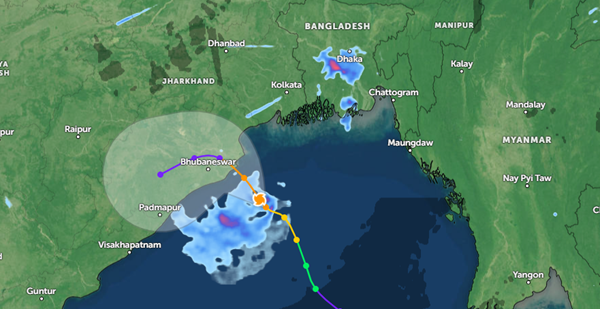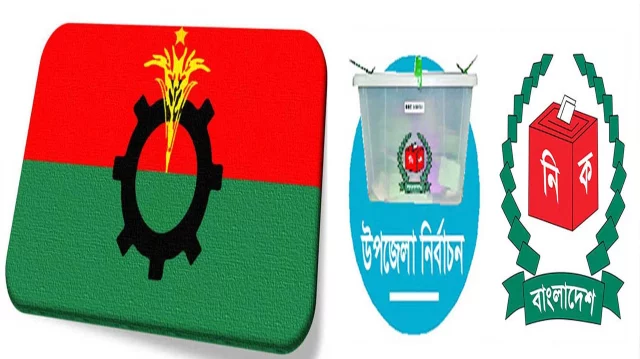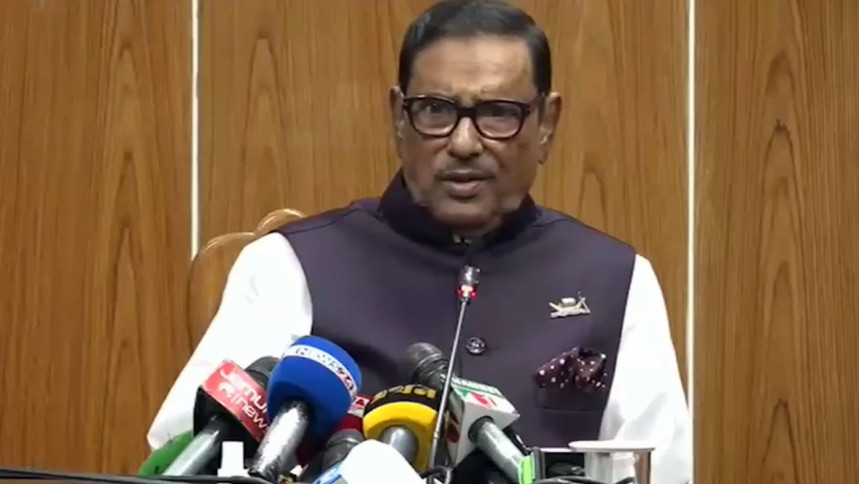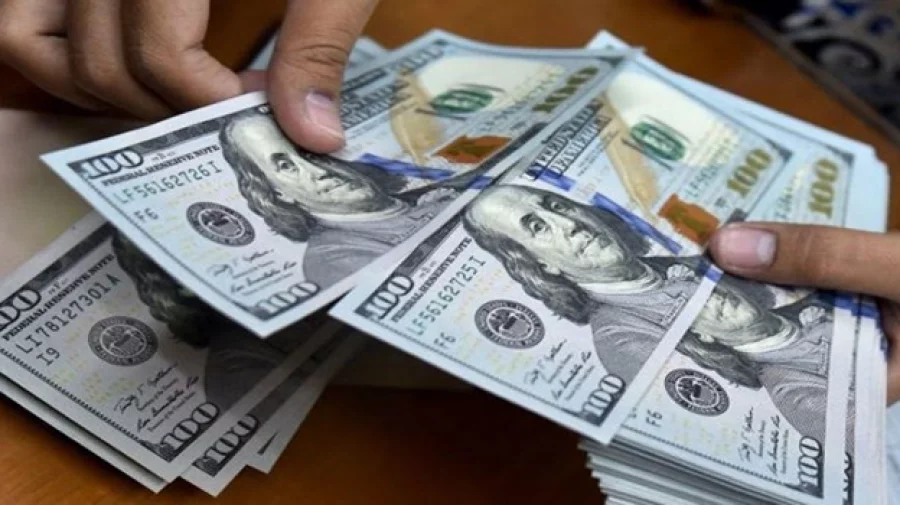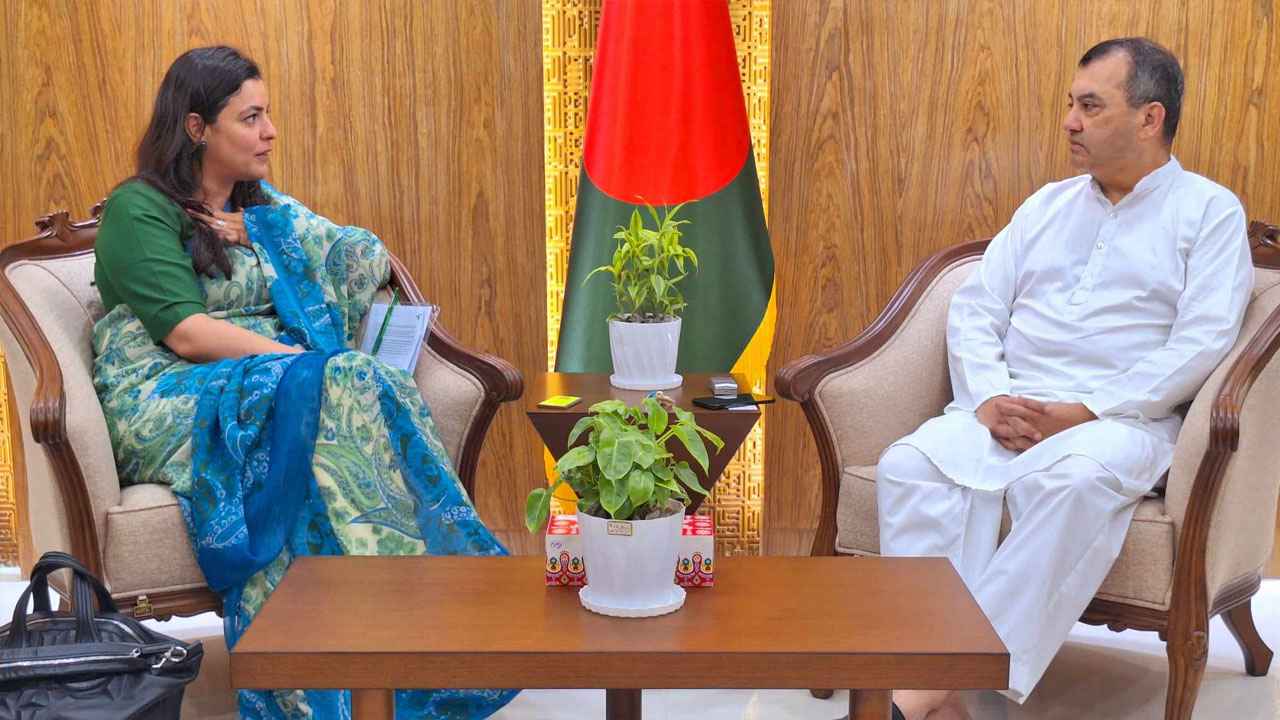
US President Donald Trump has sent a letter to 14 countries informing them of the new tariff rates. The list includes a tariff of 35 percent, a reduction of just 2 percent from the previous proposal for Bangladesh. It seems that tariff announcements may be made for other countries in the next two to three days. However, the names of the United Kingdom, Vietnam and China are not on the list of countries to which the letters have been sent. This is because these three countries have already signed agreements with the United States on this issue.
The question is, is this letter really a final decision from the US side? The answer is, sending the letter in the middle of the negotiations means that the US has announced a kind of final decision on imposing new tariffs. It can be said that this is a unilateral decision of the country. However, the last paragraph of Trump's letter leaves the opportunity for negotiations open, saying that if Bangladesh agrees to reduce existing tariff and non-tariff barriers to importing goods from the US, then there is an opportunity to consider tariff rates through negotiations.
Now the question is, should we 'offer' them duty relief on our exports? What they want – they did not make it clear in the last letter. The Bangladesh government has been in talks with the US government for several weeks in an attempt to reach an agreement. A team led by the Trade Advisor is currently in the US. Discussions will be held with them in the next two days on this issue. The question is, what will these discussions be about? It is clear, how much more can we reduce the announced additional duty of 35 percent from the previous 37 percent. For this, what does the country want from us and whether we can meet those demands?
According to the government's statement, it is clear that most of the products imported from the United States have zero or very low tariffs. In this case, the government may have proposed to declare zero tariffs on some more products. The problem is that despite that proposal, a letter has been issued stating new tariffs.
The gist of what USTR said on February 2 is that not only tariffs, but all types of non-tariff barriers must be reduced. There are allegations of corruption in government procurement and lack of equal opportunities for everyone to participate. Patent protection is not provided here; piracy is rampant. Questions have been raised about the non-implementation of the patent law even after it was enacted in 2023.
Apart from this, we have already learned from news published or broadcast in various media that the United States wants us to impose similar sanctions on other countries if they take any kind of sanctions or any other policy stance. Simply put, we have to follow the foreign policy of the United States. Now if the United States imposes any restrictions on Chinese products, can Bangladesh impose those restrictions on Chinese products in the same way? China threatened last Monday that if any country takes any decision regarding Chinese products to please the United States, then China will also take similar measures. This is like reaching a state like a pepper in a pot for us. For us, this is a crisis of both.
In this budget, we have not taken any major steps to rationalize or liberalize import duties. As a result, there are still high duties on some products to protect the market. Although the government has said that the duties on top imported products from the United States are zero or very low - 2 or 3 percent. The government has certainly highlighted this information in the discussions of the last few weeks. Perhaps it has proposed to reduce the duties further. When the United States has said that it will impose an additional 35 percent duty on top of the existing duty rate despite the existing situation and the new proposal, it may mean that they are not satisfied with these conditions and proposals; they want something more.
Now the question may be, what else can they ask for? There is uncertainty as to whether any new proposals will be made at the meeting that will be held today or tomorrow. However, there is time until August 1 for this.
Another thing is that if the high tariff rate is finally implemented, it is not yet clear how much of a detrimental impact it will have on the country's foreign export trade. Especially for rival countries such as Laos, Thailand, Myanmar, and Cambodia, the tariff rate that the United States has announced to impose is higher than ours. As a result, we are not worried about these countries. Because our orders will not go to these countries. However, we do not yet know how much tariff will be imposed in the end for countries like India or Pakistan. It is not possible to say how worried we will be or there is nothing to worry about at all before we know this information. However, the fact that India is not on Tuesday's list seems quite surprising. Because there has been no agreement with them, and their name is not on the list. Maybe both countries are in a very strong position on this issue. It is difficult to guess what the impact will be on other rival countries without knowing the US's proposal to impose tariffs.
But whatever the impact, we should make some new proposals based on the latest letter. In that case, we should make this proposal after understanding the needs of the United States. A good idea for us is to make a Free Trade Agreement (FTA). Even if we don't want to do this, we can at least make a Preferential Trade Agreement (PTA).
However, in the long term, such trade challenges may come more. The best way to deal with them is to reduce over-dependence on a single country in exports. In this case, new markets have to be found. For that, there is no alternative to diversifying export products. This has been said for many years. Everyone is saying. There is no effective initiative. In view of the new crisis, this time at least we have to take effective initiatives to increase new export products and create new markets.

